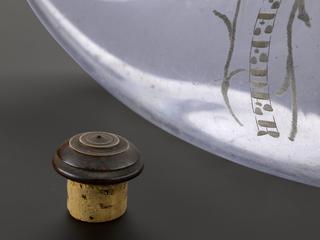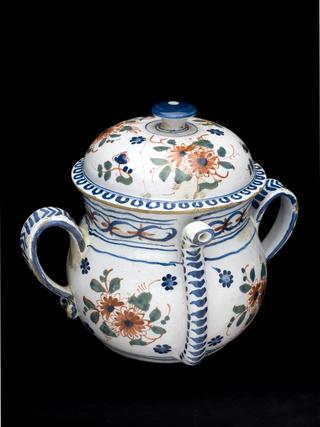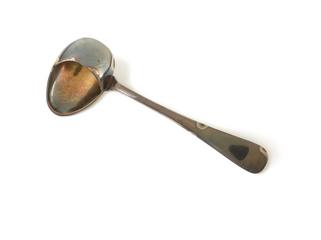
Mobile VAD arm bands
- Made:
- 1939-1945 in United Kingdom








Two 'Mobile VAD' arm bands with metal buckles, one from Lancashire and one from Derby
VADs or Voluntary Aid Detachment were set up in 1909 to provide support to the Territorial Medical Services. During the First World War, 90,000 volunteers signed up. The Voluntary Aid Detachment or VAD worked in hospitals, trained in first aid and basic nursing duties or as transport. Additional training for using massage or x-ray technologies were also available. Professional nurses worked alongside VADs. The British Red Cross and the Order of St John formed the Joint War Committee to combine resources, funding, fundraising, and the organization of VADs. VAD units were set up in each English county. Mobile VADs were sent around Britain and overseas, wherever they were needed.
During both World Wars, VADs wore the red cross, a symbol of protection. The red cross symbol was first adopted under the Geneva Convention of 1864. It reverses the colour of the Swiss national flag of a white cross on a red background. Those wearing the red cross, crescent or crystal are protected under international law and symbolises they are there to give help. The Geneva Convention forms the basis of how soldiers and civilians should be treated during wartime.
Details
- Category:
- Nursing & Hospital Furnishings
- Object Number:
- 2013-17
- Materials:
- textile and metal (unknown)
- type:
- armband
- credit:
- Transferred from the Balfour Red Cross Museum




